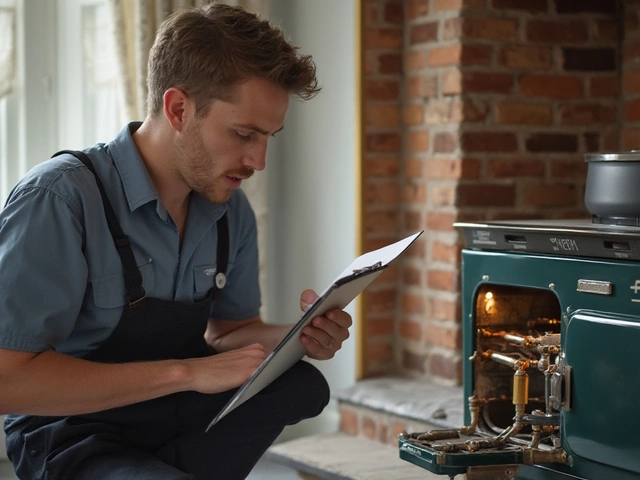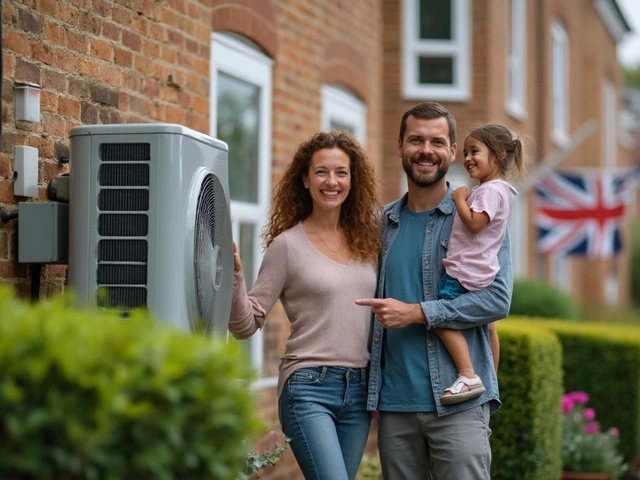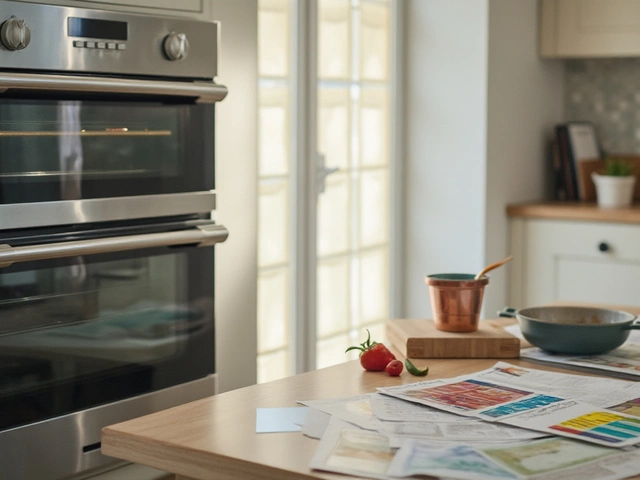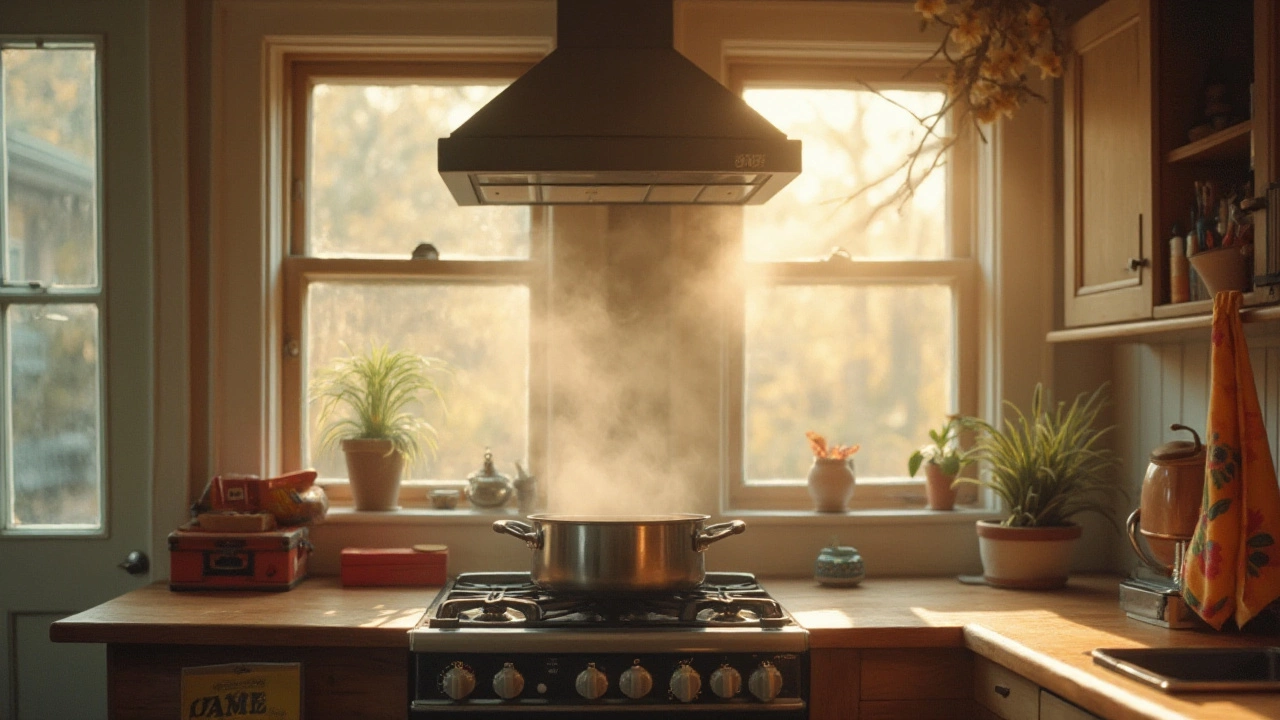DIY Repairs: Easy Fixes for Everyday Appliances
Got a noisy extractor fan, a fridge that won’t stay cold, or an oven that won’t heat? Before you call a technician, see if you can tackle the problem yourself. Most household appliances have common faults that a motivated DIYer can diagnose and repair with a few tools.
Common Appliance Problems You Can Fix Yourself
Oven not heating – Check the heating element first. Unplug the oven, remove the back panel, and look for any burnt spots or broken wires. A quick visual inspection often reveals a cracked element that can be swapped in under an hour. If the element looks fine, test the thermostat with a multimeter; replace it if the reading is off.
Extractor fan sputters or smells – Turn the fan off, remove the grille, and clean out any grease build‑up. A buildup of dust and oil can stall the motor and cause a foul smell. After cleaning, spin the blades by hand; if they feel gritty, lubricate the motor shaft with a few drops of light oil.
Freezer not freezing – Start by checking the door seal. A cracked gasket lets warm air in, making the compressor work harder. Clean the seal with warm, soapy water and test for leaks by holding a piece of paper against it; if it slides out easily, the seal needs replacing. Next, defrost any ice buildup and ensure the condenser coils are dust‑free.
Washing machine won’t spin – Inspect the drive belt for wear or breakage. A snapped belt is the most common cause of a silent drum. Removing the back panel lets you see the belt tension; replace it with a new one of the same size and re‑assemble. While you’re there, clean the pump filter to avoid future blockages.
Water heater only gives cold water – Look at the thermostat setting first; it’s often set too low after a power outage. If the setting is correct, the heating element may be at fault. Drain the tank, unscrew the element, and test it with a multimeter for continuity. A faulty element should be swapped out, and the tank refilled.
When to Call a Pro
DIY works great for simple fixes, but some jobs need a licensed professional. If you encounter gas lines, electrical wiring beyond a plug‑in component, or a sealed system like a sealed‑tube boiler, stop and call an expert. Mishandling gas connections can cause leaks, and incorrect wiring can lead to short circuits or fire hazards.
Another red flag is repeated failure. If you replace a part and the same symptom returns within weeks, there’s likely an underlying issue that only a trained technician can diagnose. Boilers, heat pumps, and complex HVAC units often have hidden sensors and control boards that require specialist tools.
Finally, consider your time and peace of mind. A professional can guarantee the repair, often offering a warranty on parts and labour. We at Rugby Appliance Repair Services are happy to step in when the DIY route hits a wall – just give us a call.
Bottom line: many everyday appliance hiccups are fixable with a bit of curiosity and the right guide. Start with the simple checks above, and you’ll save money while learning a valuable skill. When in doubt, protect yourself and the home by letting a qualified repair service handle the heavy stuff.






